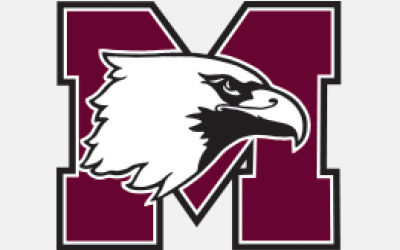ACL TEAR (ANTERIOR CRUCIATE LIGAMENT)
The ACL is the main ligament that controls the movement of your shinbone (tibia) in relation to the thighbone (femur).
September 26, 2018
OVERVIEW
What Is an ACL Tear?
The ACL is the main ligament that controls the movement of your shinbone (tibia) in relation to the thighbone (femur).
When the ACL tears and that restraint disappears, your knee can become unstable and may buckle or give way.
ACL tear causes and risks
ACL tears commonly occur in athletes who play high intensity sports such as:
- Football
- Basketball
- Soccer
These sports can put you at higher risk for an ACL injury or tear because they involve quick, frequent movements — like jumping and stopping — and rapidly changing direction.
Female athletes are especially at risk for ACL tears due to factors like anatomy and biomechanics.
ACL tear complications
Re-injury is the most common complication of an ACL tear.
SYMPTOMS
Symptoms of an ACL tear or injury
If you injure your ACL, you may experience:
- A popping sound.
- Your knee giving out from under you.
- Pain and swelling.
- Reduced range of motion in the knee.
- Pain or discomfort when walking or putting weight on the knee.
ACL tear diagnosis
The best time to diagnose an acute ACL tear is within the first hour after injury, before the knee swells.
Your physician will ask you:
- How the tear happened.
- If your knee was hyperextended.
- If you heard a pop.
- Where — and how much — your knee hurts.
- If your knee feels unstable.
- If you've had any previous knee injuries.
Your physician will perform a physical exam of your knee to assess the stability of the ligaments. An ACL tear can be determined by applying force to the knee and feeling for abnormal motion.
Other tests — such as x-rays and MRI scans — can also help to find out the extent of the ACL injury.
TREATMENT
ACL Tear Treatment and Rehab
Treatment for ACL tears and injuries can range from nonsurgical — such as physiotherapy and knee braces — to ACL reconstruction surgery.
A treatment plan will be based on your:
- Age
- Activity level
- Degree of injury
Nonsurgical ACL tear treatment
For minor ACL injuries, protective braces and physiotherapy to strengthen the muscles around the knee may be enough.
To treat a minor ACL tear, your physician may suggest that you:
- Apply ice to the knee a few times a day.
- Elevate the knee above the level of the heart.
- Compress the knee with a bandage or wrap.
- Reduce or stop activity for several weeks.
ACL tear surgery
A complete ACL tear will not heal on its own. If you want to continue in high-intensity sports or an active lifestyle, surgical repair may be the best treatment option.
In ACL reconstruction surgery, surgeons rebuild the ligament using tissue from your own body or from a donor.
Without surgery, your knee may be unstable and increase your risk for future injuries.
ACL tear rehab and recovery
Physiotherapy is a vital part of healing from an ACL tear or injury.
Your physiotherapist will prescribe range of motion, balance and strengthening exercises. You can do some of these at home.
Individually prescribed exercises will help stabilize your knee.
Content supplemented by UPMC Sports Medicine
